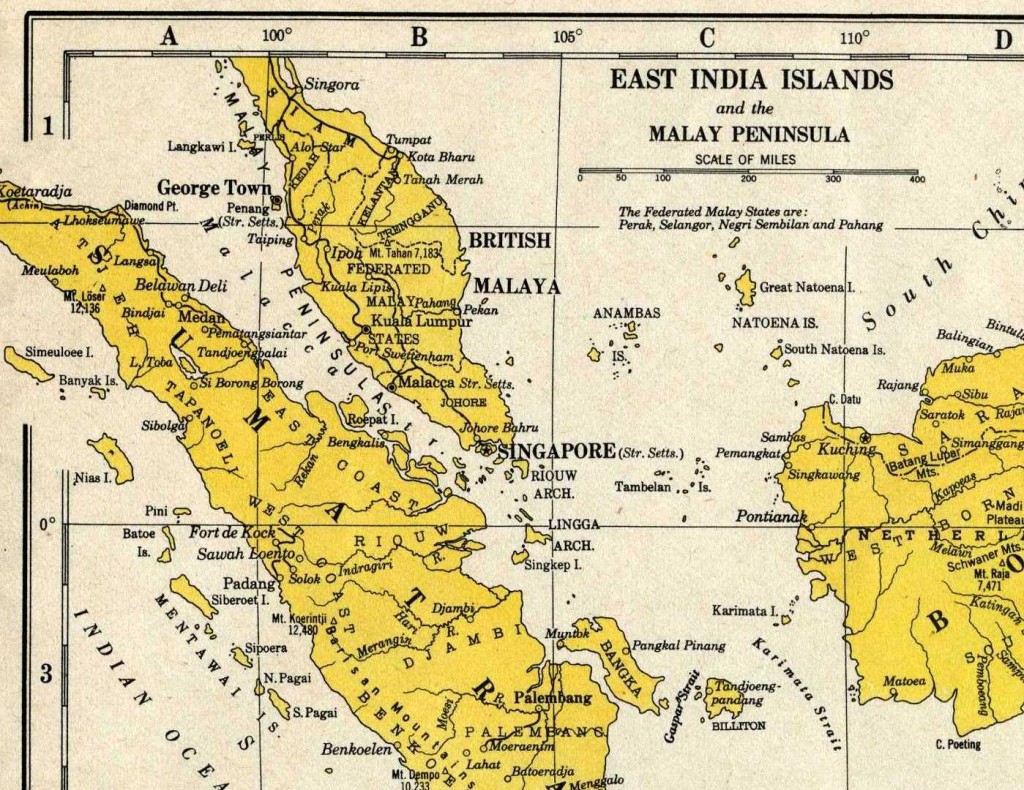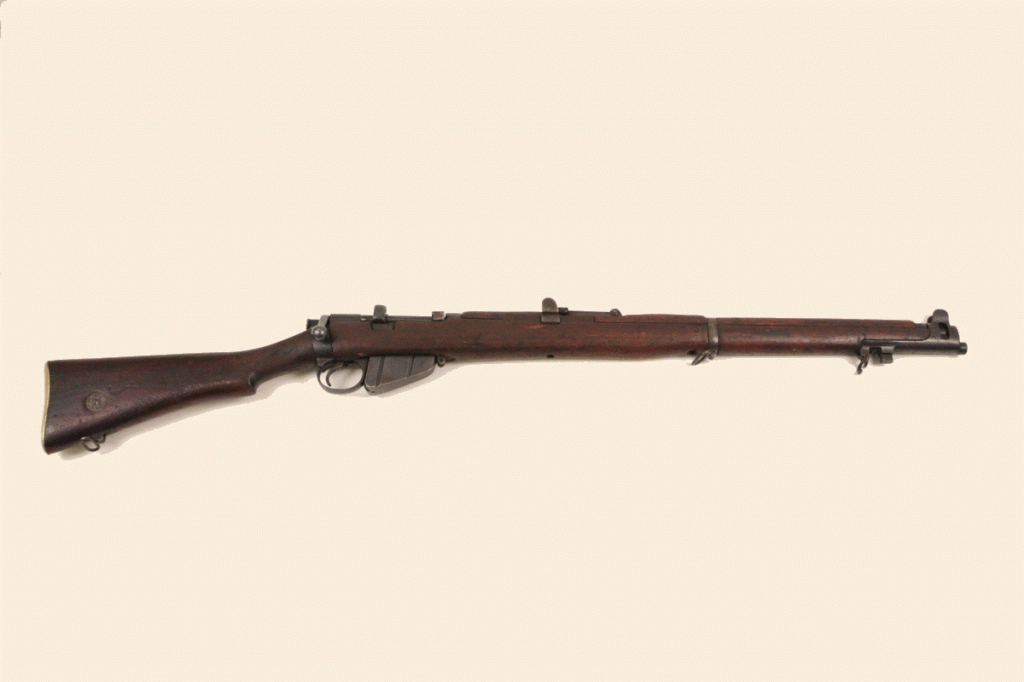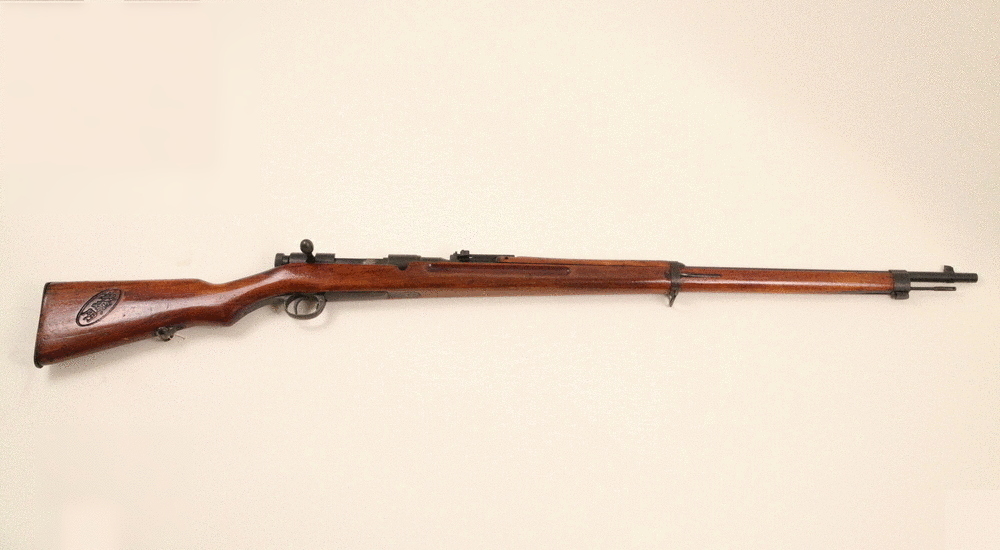Fall of Singapore

Singapore is located in the center of this war map. Gift of Annabell Schwartz, The National WWII Museum Inc., 2009.164.002
Today marks the end of the week-long Battle of Singapore (8-15 February 1942). The loss of the British territory was a huge blow to morale, and one of the most significant British losses of the war. Singapore was to the British what Pearl Harbor was to Americans: a territory believed to be unbreakable. The Japanese managed to severely damage Pearl, and to take complete control of Singapore in just a week’s time. The invasion of Singapore came a mere week after the Japanese had successfully taken Malaya in late January 1942.
Singapore, a modern city-state, was treated as a bastion of security for other British holdings in the area, and was therefore heavily defended. Those defenses, however, were focused on the coast. The Japanese took advantage of the British assumption that any onslaught on Singapore would be naval, and instead infiltrated the territory through dense jungles the British thought to be impenetrable. Several thousand troops made amphibious landings with substantial aerial support and the availability of tanks for infantry support. The Japanese easily obtained supremacy in the air when the few Hawker Hurricanes available (less than 10 Hurricanes versus more than 80 Japanese aircraft) lost their base at Kallang and were forced to land and remain elsewhere.
With defenses spread too thin and many of the British 15-inch guns destroyed by bombing raids, the last hope for defense were British, Australian, Indian, and Malay troops, who like the Americans on December 7th and 8th were under armed and undertrained vis à vis the battle hardened Japanese. On 15 February the British commanding officer, Gen. Arthur Percival, surrendered to General Tomoyuki Yamashita. It was for his swift taking of Singapore, in addition to Malaya, that Yamashita earned the moniker “Tiger of Malaya.” With this victory the Japanese not only gained access to tin and rubber, they also succeeded in endangering Allied supply lines through the Soenda Strait separating the southern tip of Sumatra and the northwest point of Java. Singapore was never reclaimed by the British during the war, but was surrendered by the Japanese in September 1945.
Weapon Highlight: British & Japanese Rifles

British Lee-Enfield Rifle
Caliber: .303 | Effective range: 450-550 yards
The Lee-Enfield series of rifles was the standard long arm for the British Commonwealth forces through both World Wars. This weapon was a bolt action rifle, meaning the weapon had to be manually cycled to eject the spent shell casing and load a fresh round before it could be fired again.
Gift of Professor and Mrs. Robin Higham, The National WWII Museum Inc., 2001.496

Japanese Type 38 Arisaka Rifle
Caliber: 6.5mm | Effective range: 400-500 yards
The Type 38 Arisaka rife was essentially a modified version of the German Mauser design. It had a smaller caliber, low recoil, and an unusually long barrel–particularly for soldiers whose average height was about 5’3″. The Type 38 was used by Japanese soldiers throughout the war, but as Japanese raw materials became scarce, the quality of the weapon declined significantly.
The National WWII Museum Inc., 2008.230
This post by Curator Meg Roussel
- Posted :
- Post Category :
- Tags :
- Follow responses to this entry through the RSS 2.0 feed. You can skip to the end and leave a response. Pinging is currently not allowed.




Leave a Reply